There was a time when organizations could be led by intelligence and intuition alone. Today, if your intuition isn’t directing you to investigate the data underlying any critical decisions, it may be doing you a disservice. Data is not a magic wand, nor is it a crystal ball. It is a tool to challenge and complement intelligence and intuition, by allowing us to contextualize our decisions amidst the growing sea of information that surrounds us every day. Whether it is biometrics recording the cadence of one’s gait, or targeted ads informed by email and web browsing histories; through technology, our daily narratives are building a much larger story. The question becomes, what can we learn about ourselves from the larger patterns of our habits, and how can this new knowledge base help us better serve our communities?
Data is not a magic wand, nor is it a crystal ball. It is a tool to challenge and complement intelligence and intuition, by allowing us to contextualize our decisions amidst the growing sea of information that surrounds us every day.
While the aspiration may be to answer questions previously thought impenetrable, perhaps we should hone our skills on better assessing the decisions we have already made. Remember, data is a tool to complement, and challenge, our intelligence and intuition. As demographics change, so do the boundaries by which they are defined. With this shift, our perceptions about how to achieve our missions and goals should also change.
Redefining and Navigating Change
Speaking of change, the concept has had many negative stigmas attached to it. Change brought war. Change brought a non-white male president. Change brought the recession. Let us turn from these ideas, and think of change as a process from caterpillar to butterfly. Maybe, if we become hungry for growth within ourselves, we will see that hunger reflected back to us; organizational growth will then be well within reach.
This frees us to stop worrying about being right or wrong, and to start just wanting to learn. When we can realize that our intelligence and/or intuition are insufficient for the tasks at hand, that intuition’s greatest sin is vanity, we will be ready to weather any storm. This is of considerable importance; data has a curious tendency of flying painfully in the face of the stubborn. Moreover, the issues with which our communities are grappling can very quickly become fatally paralyzing. Leaders need to be able to navigate change, not alone, but as a part of a team, in order to avoid paralysis. Leaders need to be able to adapt to new information quickly; leaders need to be able to challenge their team and be challenged by their team.
Data provides both a rubric and a sparring partner for learning the ebb and flow of such relationships, while also providing critical insights into how change is occurring. Consequently, an ill-informed leader can find a library of data to support any purpose they choose. A well-informed leader can build a library of data to continually re-examine how support is provided to which purposes, and why.
Data and technology are tools for keeping pace with contemporary rates of change and the decisions they compel. We’ve gotten pretty far without mentioning Twitter, while through most any lens, one would be hard pressed to deny the role social media is playing in the modern market. The NBA’s recent decision to withdraw their All-Star game from Charlotte, North Carolina is a remarkable example. In effect, the capacity for impact is truly awe-inspiring, evoking intense interest, and giving faces to many nameless fears. Examples abound:
-
Native lives matter.
-
Renewable energy now.
-
Organic is better for everyone.
These position statements are not unlike the convictions that create an organizational mission statement. Any stance taken will end in a dichotomy of seeking to gain support for one’s mission and being met with resistance – albeit to varying degrees; not everyone is willing, or wanting, to hold, or break, a picket line. There will be evidence in support of one’s mission, and evidence against, while the body of evidence itself will be an ever-growing library of data.
No matter the scope of one’s mission, be it to provide legal services to marginalized individuals or expand aggregate municipal engagement, data will inform all sides of the conversation. More directly, data will inform every view for, and against, every expenditure that is made. It has become unrealistic for any individual, or core team, to parse, sort, and prioritize all of the information necessary to make the best decisions possible, without the aid of technology.
Over a series of blog posts we will attempt to uncover a perspective on how the market came to be the dynamic, hyper-active, and unpredictable arena that it is. From economics to psychology, statistics to history, we’ll seek to build a broad yet informative picture of the peaks and valleys of big data, how it continues to affect us all, and how organizations can best optimize the tools at hand. We’ll cover basic jargon, provide examples and tie them together across disciplines, putting pieces together to build a mosaic. Our aim will be to leave the reader with a solid understanding of core tenets at the heart of academic disciplines swooning over big data, and provide actionable insight into how big data can be used to light a path forward.






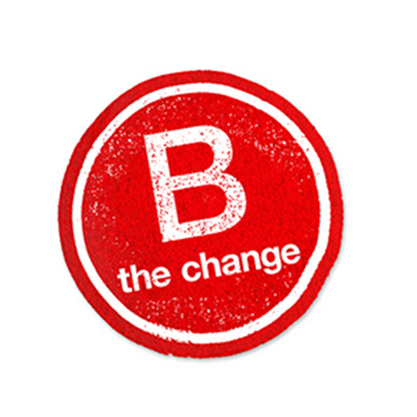


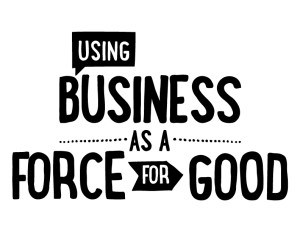
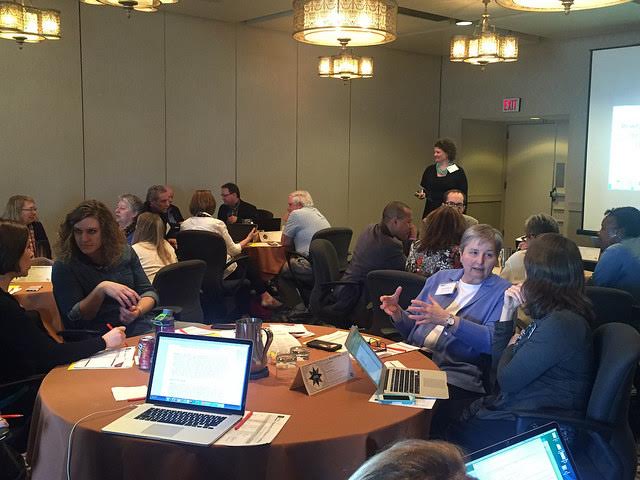
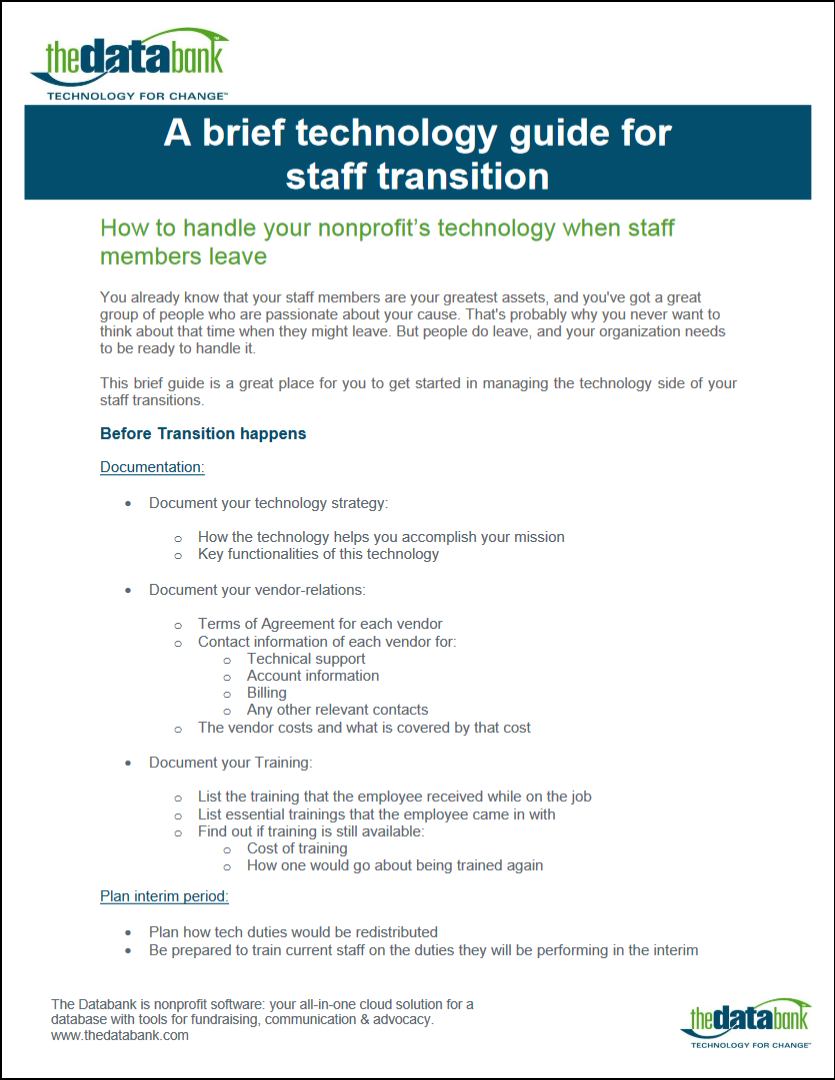

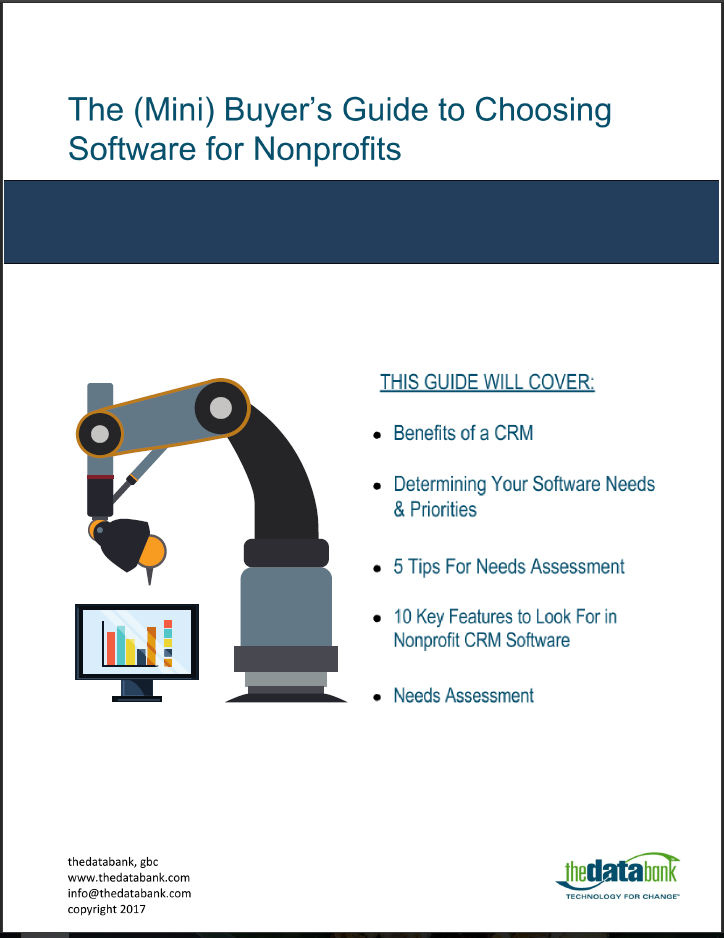
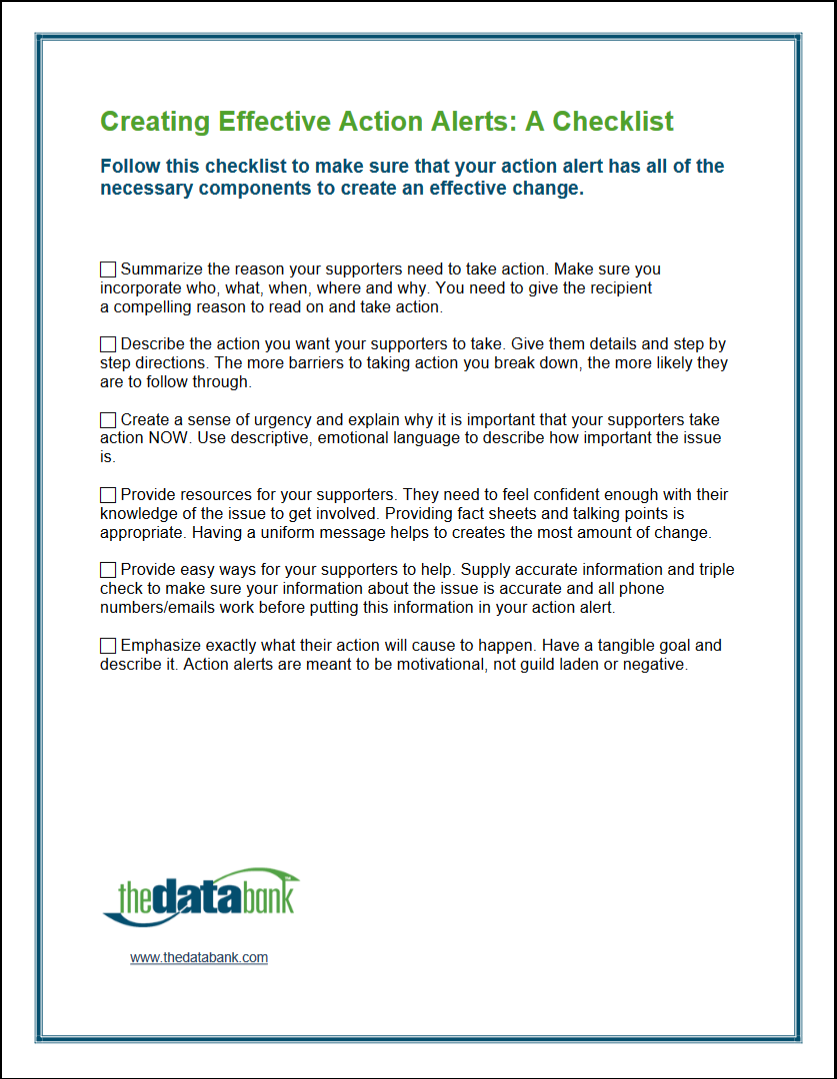

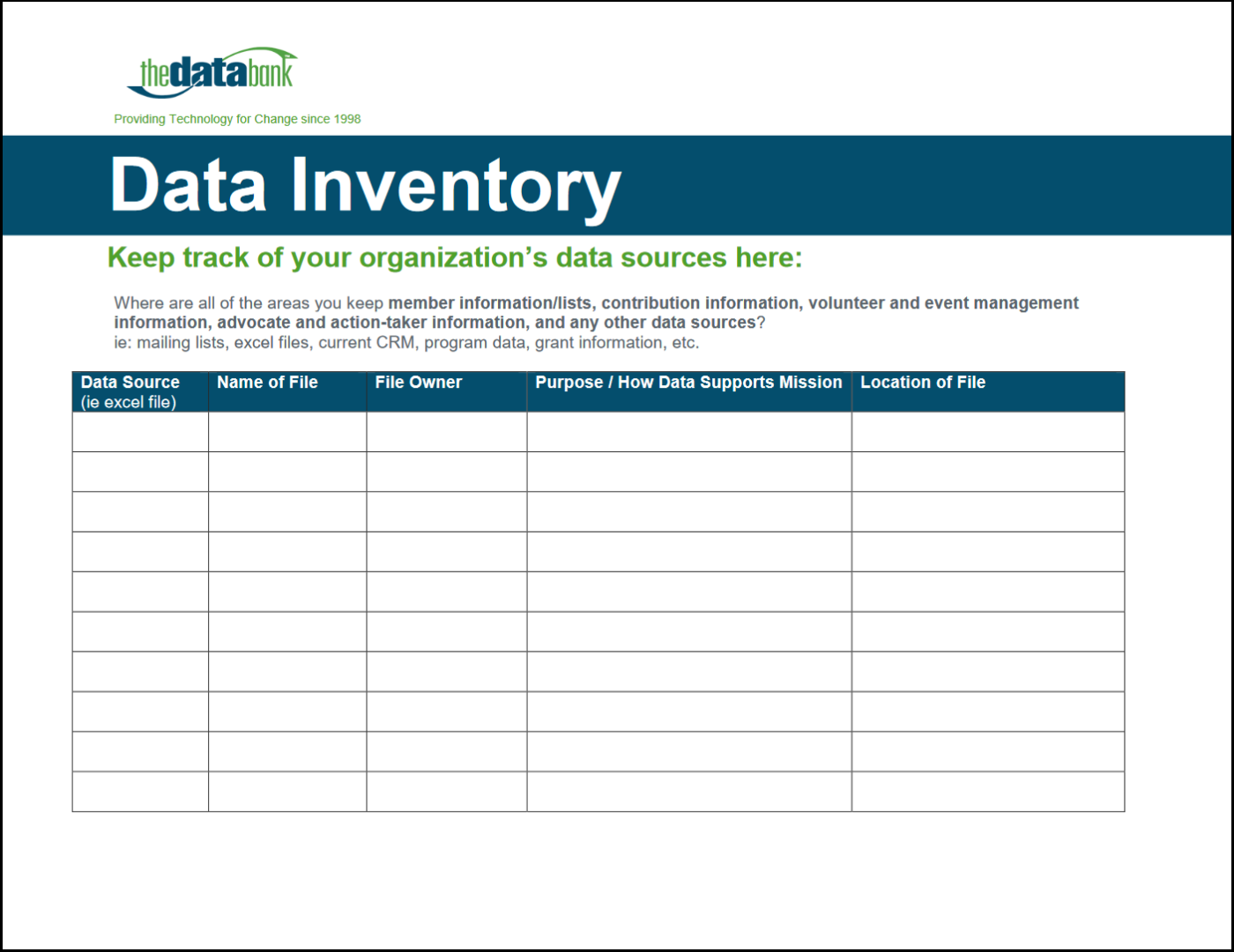




 thedatabank, gbc is technology for change, and we walk the talk.
thedatabank, gbc is technology for change, and we walk the talk. 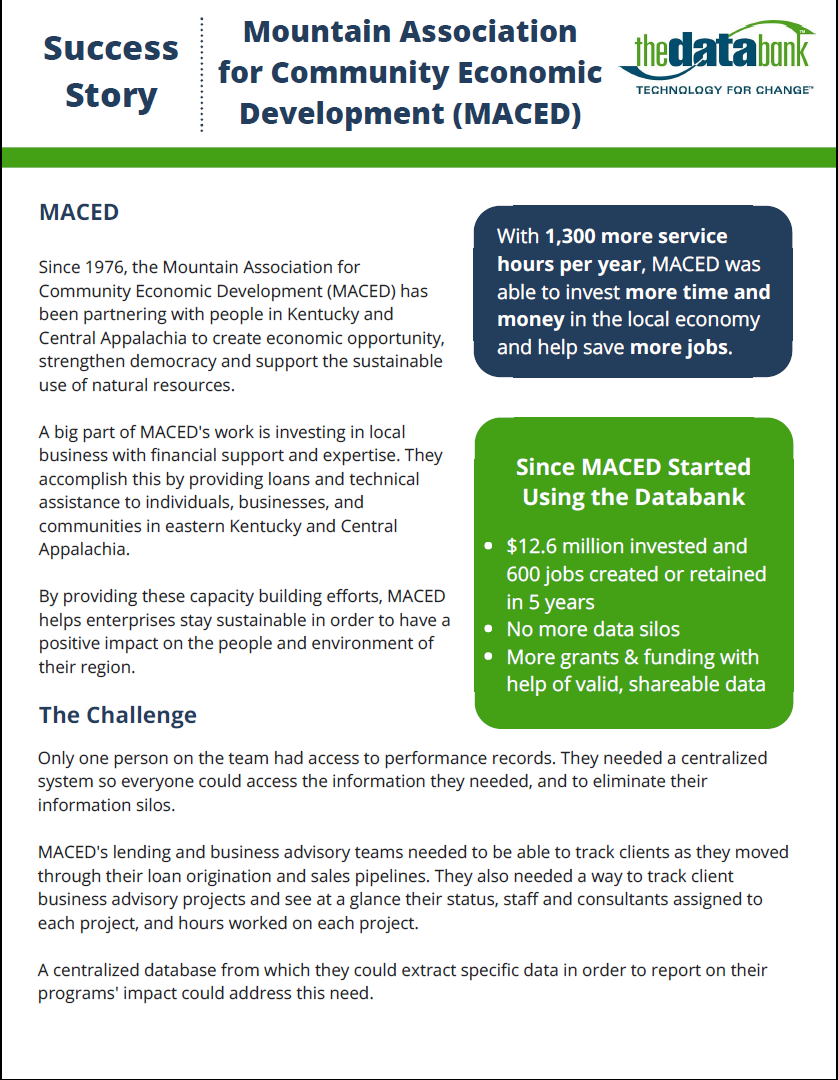



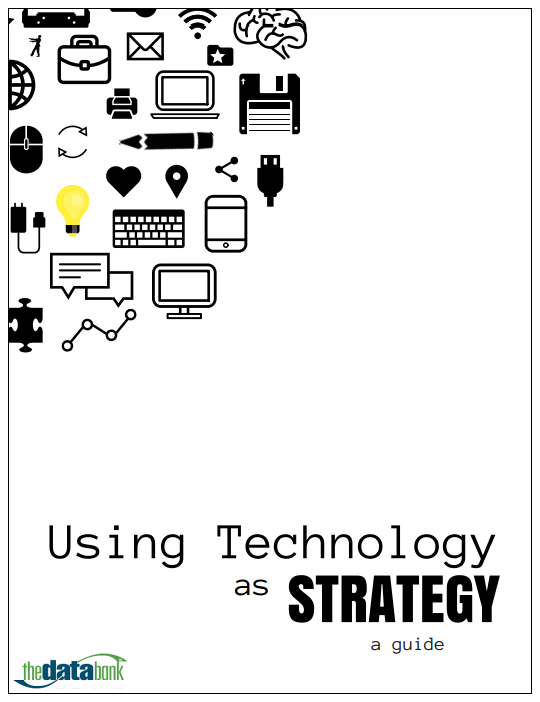

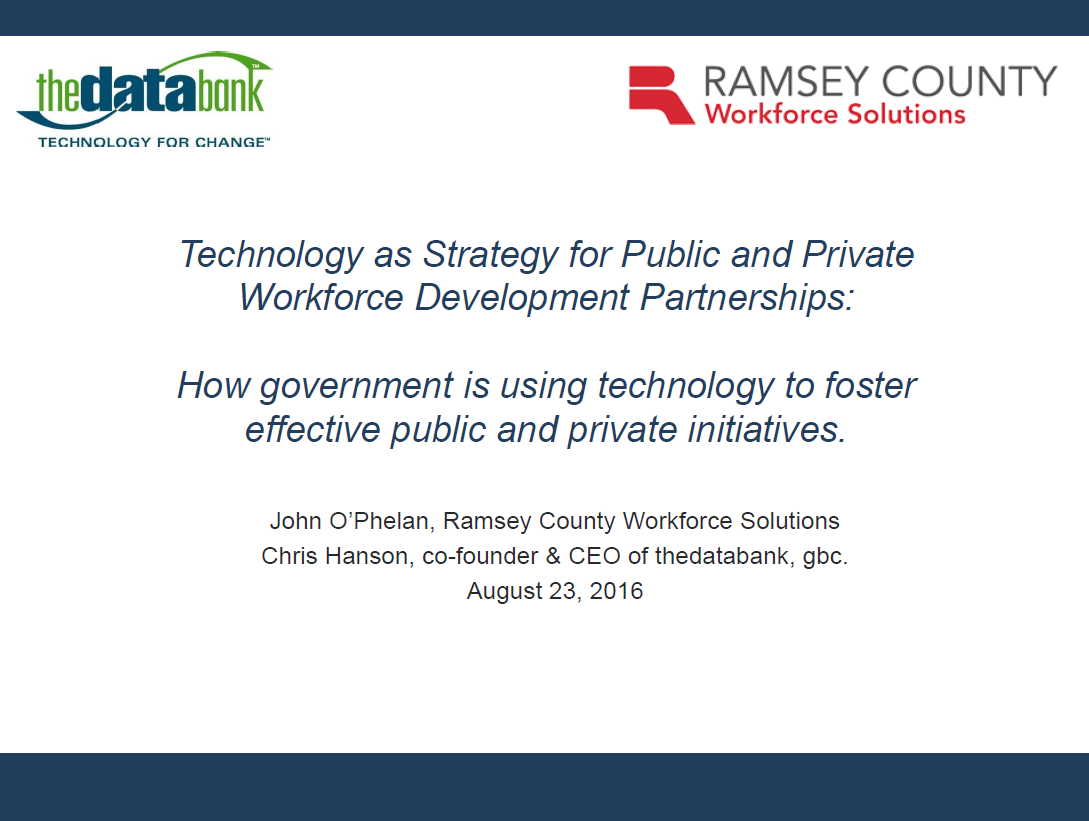



I’m not sure if I’ve missed the other parts of this series, but I hope they get published sometime soon! Great read and interesting perspective.
Thanks for reading! We do have a second post in this series, which you may have missed because we gave it a different title. Thanks for pointing that out! You can read the blog here: https://www.thedatabank.com/2016/09/building-on-the-basics-supply-your-demand/